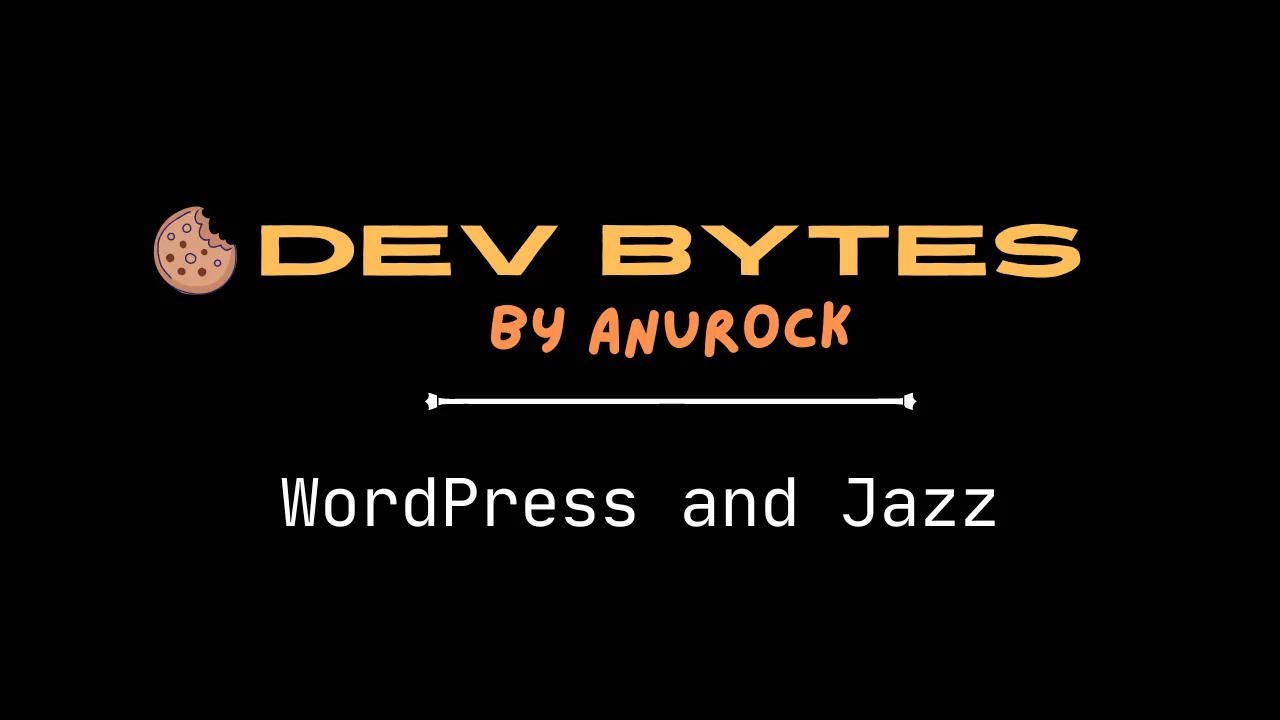Prefer video format? Watch it on YouTube.
WordPress probably does not need an introduction. It’s the most popular website-building software today and has been for over a decade. It belongs to a category of software known as a content management system or CMS.
According to various online sources, over 40% of the world’s websites are powered by WordPress. It literally crushes the competition in terms of market share. WP’s closest CMS competitors Shopify and Joomla come at less than 4% each. Google Trends tells a similar picture.
So, where did WordPress come from? And what makes it so special?
WordPress is open-source software that fully embraces the ideals of freedom popularized by the FOSS revolution. FOSS itself is a fascinating topic that I will cover in a future episode. Like all great things in history, WordPress had a nimble beginning.
The early 2000s was an exciting time for the Internet. The era ushered in innovative technologies such as instant messaging, social media, and Web 2.0. Blogging started to gain widespread attention, converting long-time consumers into producers of content.
Blogger was an online service launched by Evan Williams in 1999 that helped make blogging a thing in the United States. It was a proprietary platform where anyone could create a blog for free. In 2001-2002, open-source blogging solutions started springing up that allowed serious bloggers to set up an independent blog on their own server with a custom domain totally free of charge. One such blogging engine was b2 by French programmer Michel Valdrighi (me-shell val-dry).
In 2002, a jazz saxophonist and political science student at the University of Houston, named Matt Mullenweg, installed b2 for his personal blog. Matt was an avid blogger, often posting several times a day. After discovering that the author of b2 was unable to provide further updates for his software, he decided to fork it to continue the mission that b2 had started. In January 2003, shortly after blogging about his plan, he was joined by an English web developer named Mike Little.
After hacking together for a few months, they released the first version of WordPress - version 0.7 - on Sourceforge in May 2003. The name for their new software was suggested by Matt’s friend Christine Tremoulet. The rest, as they say, is history. As of this recording, WordPress has had 46 major releases, all named after Jazz musicians.
WordPress had a user-friendly interface and was open-source from day one, which was a good receipt to quickly make it popular with bloggers. In 2005, Matt founded Automattic to build a business around WordPress, which was launched as wordpress.com just a few months later. Today, Automattic is a multi-billion dollar company with over 2000 employees in close to 100 countries. It is considered by many as the grandfather of remote and distributed working.
The story of WordPress is an interesting case study of how passion and grit can help change the world, no matter your background or qualification.
I will end with a disclaimer. I currently work as a software engineer at Automattic. This episode is purely a creative exercise. I was not incentivized to create it by Automattic in any way whatsoever.
